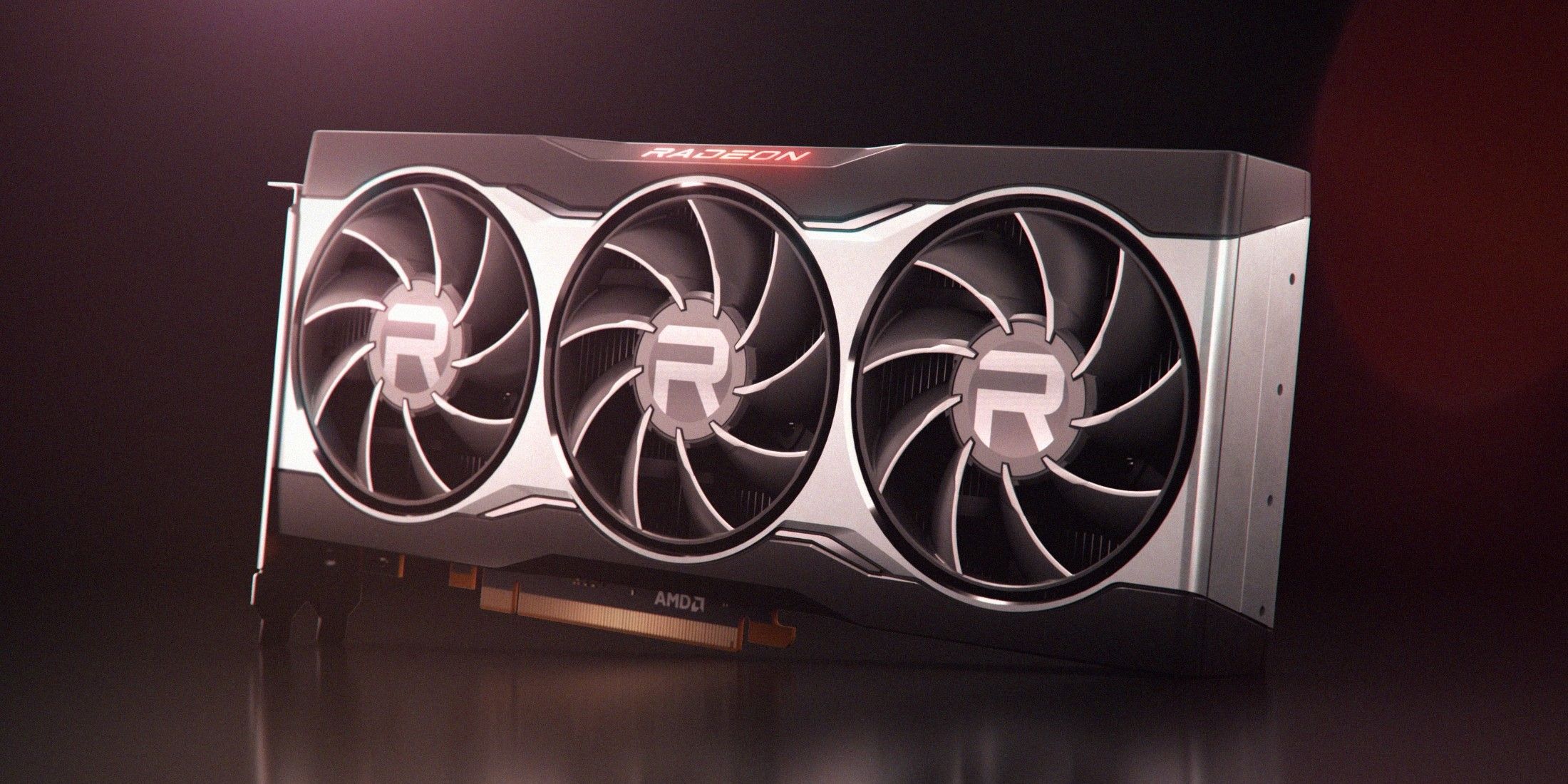
Key Takeaways
- AMD FSR4 may integrate AI-based techniques for frame generation and interpolation.
- FSR4 aims to enhance performance and battery life on supported devices.
- FSR4 is expected to maintain wide compatibility by integrating at the software level.
As a seasoned gamer with decades of experience under my belt, I’ve seen technologies evolve at a staggering pace. The latest development by AMD, FSR4, promises to be a game-changer with its AI-powered capabilities. If you remember the days when we had to manually tweak settings to squeeze every last frame out of our graphics cards, this tech seems like a dream come true!
Based on an interview with AMD’s senior vice president Jack Huynh, the upcoming version of AMD’s FidelityFX Super Resolution (FSR) technology, known as FSR4, could potentially run entirely on AI. According to Huynh, the goal is to enhance performance and battery life for portable devices, even though development has been underway for close to a year.
AMD’s FSR (FidelityFX Super Resolution) is a versatile software tool that enables game creators to initially render games at lower resolutions like 720p. Subsequently, it upscales the image to higher resolutions such as 1440p and beyond. Unlike Nvidia’s DLSS (Deep Learning Super Sampling) which necessitates specialized Tensor cores on compatible hardware, AMD’s FSR can be triggered across various graphics cards, gaming consoles, and mobile devices, depending on each game. The latest version of this technology from AMD, FSR 3.1, is supported in PC games like “Black Myth: Wukong“, “God of War: Ragnarok“, and “Warhammer 40,000: Space Marine 2“.
Despite not disclosing a specific release date for its upcoming version of FSR, tech giant AMD is making significant progress towards its launch, as stated by Huynh in an interview with Tom’s Hardware at IFA 2024. AMD’s new FSR 4 will incorporate AI-based frame generation, frame interpolation, and power savings for devices such as the ROG Ally X and Lenovo Legion Go. According to Huynh, development on FS4 began in the second half of 2023, with the aim of extending playtime for portable gamers before needing to recharge their devices. As AMD has yet to release the API for FSR4, its exact timeline remains uncertain. It is unclear whether the new FSR4 technology will be exclusive to handheld platforms or specific processors with integrated graphics, but FSR3 currently supports a range of graphics cards including the Radeon RX 5000 series, Nvidia’s RTX 20 series, and Intel Arc line.
AMD’s FSR4 May Integrate AI To Improve Performance
- AMD senior vice president Jack Huynh said AMD FSR4 would integrate AI-based techniques such as frame generation and interpolation.
- The goals of FSR4 include improving performance and battery life on supported devices.
- AMD FSR4 may continue to be integrated at the software level to ensure wide compatibility.
- No timetable was offered on when FSR4’s API would reach game developers.
Besides focusing on FSR4, AMD has also launched a sneak peek of their Radeon Software driver, which now supports Fluid Motion Frames 2 on Ryzen AI 300 series processors. This enhancement aims to boost performance on compatible laptop models. AMD claims that the Fluid Motion Frames 2 technology can potentially double frame rates in compatible games like Cyberpunk 2077, when run at a resolution of 1080p.
Between Frame Rate Technology 2 (Fluid Motion Frames 2) and Future Shading Rasterizer 4 (FSR4), AMD aims to capitalize on Artificial Intelligence to narrow the performance gap with Nvidia and Intel, delivering an efficient gaming experience for titles that support it. However, only the future will reveal how PC gamers will make use of FSR4 upon its release.
Read More
- LUNC PREDICTION. LUNC cryptocurrency
- BTC PREDICTION. BTC cryptocurrency
- SOL PREDICTION. SOL cryptocurrency
- BICO PREDICTION. BICO cryptocurrency
- USD ZAR PREDICTION
- VANRY PREDICTION. VANRY cryptocurrency
- USD COP PREDICTION
- USD PHP PREDICTION
- USD CLP PREDICTION
- KATA PREDICTION. KATA cryptocurrency
2024-09-15 04:23